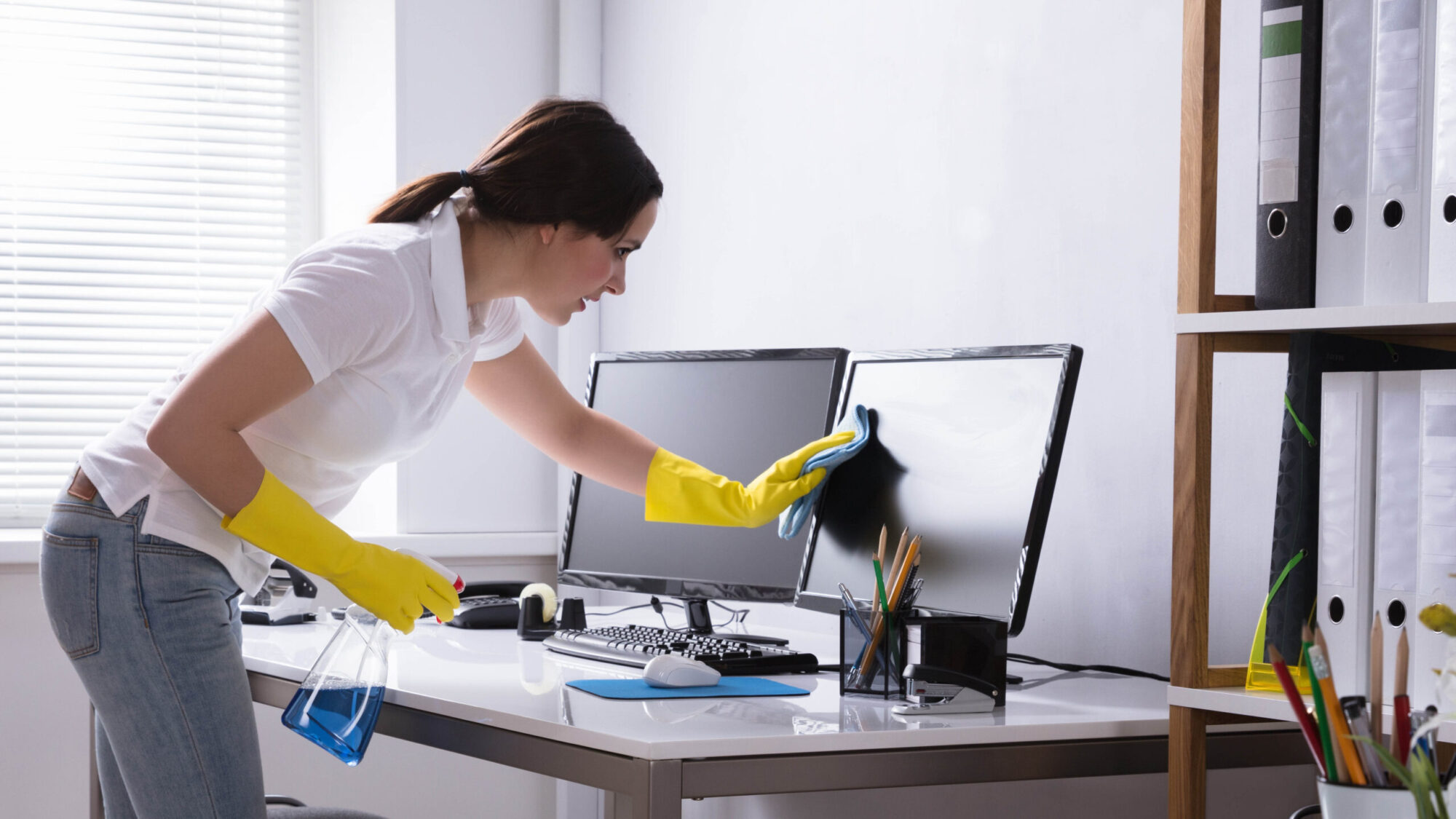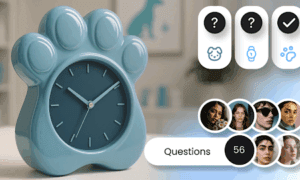A clean office isn’t just about appearances; it’s essential for maintaining productivity, health, and morale in the workplace. Whether you’re managing a small startup or a sprawling corporate space, effective office cleaning practices can make all the difference. This guide breaks down everything you need to know about keeping your office spotless, including tips, strategies, and benefits.
Why a Clean Office Matters
Before we roll up our sleeves, let’s discuss why regular cleaning is crucial for a workspace. A clean office goes beyond aesthetics. Here’s what it impacts:
1. Boosts Productivity
Studies show that cluttered and dirty spaces can lead to distractions, stress, and reduced focus. A tidy desk, clean floors, and fresh air foster a better working environment where employees can concentrate fully on their tasks.
2. Promotes Health and Reduces Sick Days
Offices are breeding grounds for germs, especially in communal areas like break rooms, bathrooms, and conference rooms. A clean and sanitized space helps reduce the spread of illnesses, ensuring fewer sick days and a healthier workforce.
3. Improves First Impressions
When clients, partners, or job candidates walk into your office, cleanliness speaks volumes about your company’s professionalism and attention to detail. A sparkling environment quickly sets a positive tone.
4. Enhances Morale
Employees feel more satisfied and motivated in clean, well-maintained workplaces. A hygienic environment shows that management values their well-being.
How to Clean Your Office Effectively
Maintaining a clean office doesn’t have to be an overwhelming task. Follow these simple steps to ensure your workspace remains inviting and productive.
Step 1. Declutter Desks and Common Areas
Start by tackling clutter. Papers, old pens, and forgotten coffee mugs can create unnecessary messes. Encourage employees to:
- Organize their desks at the start and end of each day.
- Properly file or shred unnecessary documents.
- Use storage solutions like trays, drawers, and organizers.
Pro Tip: Use the “one-touch rule.” If you handle an item, either use it, file it, or discard it immediately.
Step 2. Dust and Disinfect High-Touch Areas
High-touch surfaces like keyboards, phones, elevator buttons, and door handles are hotspots for germs. Wipe them down daily with disinfectant wipes or sprays to keep bacteria and viruses at bay.
Step 3. Clean Floors Regularly
Carpets and hardwood flooring trap dirt, dust, and allergens. Vacuuming carpets daily and mopping hard surfaces weekly will maintain cleanliness and improve air quality.
Consider professional deep carpet cleaning every six months for heavily trafficked areas.
Step 4. Strategize Trash and Recycling
Overflowing trash bins not only smell horrible but also attract pests. Adopt a waste management system:
- Use labeled recycling bins for paper, plastics, and other recyclable materials.
- Empty trash daily.
Encourage employees to participate by placing bins in accessible locations.
Step 5. Break Room and Kitchen Maintenance
If your office includes a kitchen, here are some tips:
- Clear out the fridge every Friday to discard expired or leftover food.
- Wipe down all surfaces, including countertops, appliances, and communal coffee machines.
- Use dishwasher-safe mugs and utensils rather than single-use plastic.
Step 6. Restroom Sanitation
Bathrooms require special attention to ensure hygiene:
- Restock soap, paper towels, and toilet paper daily.
- Scrub sinks, toilets, and mirrors regularly.
- Deodorize the space to maintain freshness.
Office Cleaning Frequency Checklist
Some office cleaning tasks require daily attention, while others can be tackled weekly or monthly. Use this checklist to ensure no area is overlooked.
Daily Cleaning:
- Empty trash bins.
- Disinfect keyboards, phones, and other frequently touched surfaces.
- Wipe down desks and countertops.
- Sanitize restrooms.
Weekly Cleaning:
- Vacuum carpets and mop floors.
- Clean windows and mirrors.
- Restock cleaning supplies.
- Deep clean the kitchen, including wiping appliances and disinfecting the fridge.
Monthly Cleaning:
- Dust vents, shelves, and blinds.
- Shampoo carpets or use spot-clean solutions where necessary.
- Conduct detailed checks of less-used areas (storage rooms, basements, etc.).
Seasonal or Annual Cleaning:
- Arrange for professional deep cleaning of carpets and upholstery.
- Check air conditioning vents and ducts for proper maintenance.
Tools and Products to Simplify Office Cleaning
To keep your office cleaning in top shape, ensure you have the right supplies on hand. Here’s a list of must-haves:
Cleaning Supplies:
- Disinfectant wipes and sprays
- Microfiber cloths
- Multipurpose cleaner
- Glass cleaner
- Vacuum cleaner
- Mop and bucket
Equipment for Deep Cleaning:
- Steam cleaner (for carpets and upholstery)
- HEPA filter air purifier (for better air quality)
Eco-Friendly Options:
- Reusable cleaning cloths
- Non-toxic, biodegradable cleaning products
- Compost bins for organic waste
Sustainability Tip: Choose eco-friendly products to minimize your office’s environmental footprint without compromising hygiene.
Outsourcing vs. DIY Cleaning
Deciding between hiring professional cleaners and managing the cleaning in-house can depend on various factors, including your office size, budget, and specific needs.
Benefits of Hiring Professionals:
- Access to advanced cleaning tools and methods.
- Time-saving for employees, allowing them to focus on work.
- Consistent and reliable cleaning schedules.
Managing Cleaning Internally:
- Cost-effective if you’re a small business or startup.
- Allows for complete control over cleaning schedules.
Many businesses opt for a combination of both, handling daily upkeep internally and outsourcing specialized tasks like carpet cleaning or duct maintenance.
Cultivating a Cleaning Culture in Your Office
Keeping an office clean is a collective effort. Encourage employees to play an active role by implementing these measures:
- Set Policies: Clearly outline cleaning expectations, like keeping desks clutter-free or cleaning the microwave after use.
- Provide Incentives: Organize monthly awards or team perks for consistent efforts in maintaining cleanliness.
- Schedule “Clean Desk” Days: Dedicate one day each month for employees to sort through and declutter their workstations.
A team effort fosters a sense of ownership and responsibility, helping everyone benefit from a clean and organized workspace.
Take Your Office Cleaning to the Next Level
A clean office is more than just a tidy workspace; it’s an investment in the health, productivity, and morale of your team. By following the steps and best practices outlined above, you can create an environment that not only looks great but also feels great to work in.
Need help managing your office cleaning routine? Explore professional office cleaning services in your area or invest in high-quality cleaning tools. Because a cleaner office means better business.































